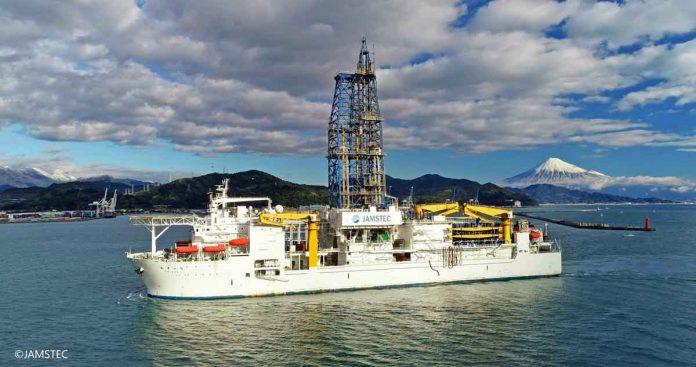Deep subseafloor biosphere was discovered in the mid-1990s. Since then, scientists have studied the conditions in which organisms thrive as it is isolated and food-deprived. They wondered which conditions set a limit to the existence of life. Scientists in 2016, set out to sea on board the Japanese scientific drillship named Chikyu.
They wanted to study the temperature limit of the deep subseafloor biosphere. They have collected sediment samples from a drill hole which cut through the geological subduction zone of the Nankai Trough off Japan.
In this spot, temperature increases with depth to reach 120 °C. This is a temperature suggested close to the limit for life. It is situated at 1200 meters beneath the seafloor. Scientists found a very small and active microbial community thriving under these deep and hot conditions.
The scientists determined the number of cells in the sediment. They have measured their metabolic rates by highly sensitive radiotracer measurements of methane production and sulfate reduction. They found out that the metabolic rates per cell were high for the deep biosphere. This study has been published in the journal Nature Communications. The collected samples shaded light on the survival strategies of organisms living in this harsh environment.
Scientists detected microbial metabolic activity in sediments with less than 500 cells per cubic centimeter sediment. This is seven orders of magnitude lower than in the average surface sediment.
The metabolic rate determinations were conducted under laboratory conditions. Uncertainties were there whether the microbes would show the same metabolic activity in their natural environment. Scientists compared the measured metabolic sulfate reduction rates to the calculated depletion time of dissolved sulfate in the deep sediment.
Hydrogen and acetate from the sediment porewater fuelled the high per-cell activity of sulfate reducers and methanogens in the deepest and hottest sediment.
Scientists said, the detection of high cell-specific rates in the deep biosphere is a fascinating discovery.

